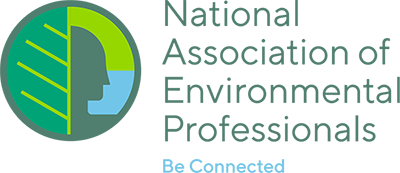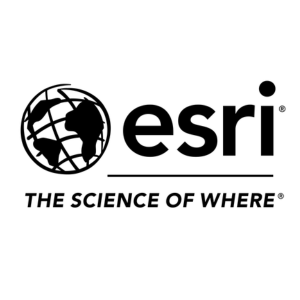|
Here, we explore how we have reshaped our approaches to tackling the intricate and often complex social and human issues as well as dealing with the darker fruits of centuries of human expansion into the broader ecosystem—all within the context of transportation and travel.
In one realm, we will look at the human side of transportation. Fundamentally, transportation projects have a need to embrace community needs and welcome democratic decision-making. Of course, these require people to have access to the right information and the ability to make their thoughts heard. Public contributions on transportation endeavors can and have exposed a full range of maladies from habitat fragmentation and species loss to revealing adverse social, economic, health, as well as cultural effects on the low-income and communities of color. Likewise, transportation endeavors must meet a gamut of laws and implementing rules. A balance is often difficult to strike and, at times, we fail to meet the core objectives. Many practices have changed over the decades in an attempt to improve on our past shortcomings. This portion of the address will highlight some of the innovative advances made to achieve success and meet the significant challenges faced in matters of public involvement, equity, legal sufficiency, and environmental analysis.
The other realm is exemplified by creature not even weighing a gram—the Monarch Butterfly. Stirred by warmer temperatures and longer periods of daylight with the coming spring, Monarchs begin their extraordinary annual migration. The Eastern Monarchs, in particular, travel as far as 3,000 miles from their winter home in Oyamel Fir Forests of central Mexico to return to their summer breeding grounds that lie as far north as the southern reaches of Canada. They have been making this incredible journey every spring for more than 10,000 years…but today their survival is threatened. Fortunately, there is a ray of hope. A number of organizations are choosing to change how they use their vast lands and are providing habitat for the Monarch and other pollinators. If successful, this program could help turn the tide on a bleak future for a vital part of nature.
Part 1: Equity, Equality, and Virtual Public Involvement
Carolyn Nelson
This portion of the keynote address compliments the discussion related to transportation and the natural environment with that of the human environment. The revelation of impacts to humans is necessary as transportation projects are meant substantially to serve the broad communities through which they pass. Therefore, the centerpiece of this environmental realm rests squarely with the project proponents ability to equally assess and equitably involve all parties. This has proved to be difficult and the decades-long problem has lent itself to creating vast pockets of underserved communities.
The pandemic, which in some ways has exacerbated our ability to involve the public has also helped promote a potential solution. Across this nation many state departments of transportation—through innovation and a quest for efficiency—have more completely embraced something called Virtual Public Involvement. The end goal in using this more modern alternative to in-person only meetings is to expand the transportation professionals outreach thereby enabling proponents to connect with greater numbers of all people in all communities in ways which more traditional public involvement forums could seldom, if at all, reach. The outcomes are encouraging and leave us with a promise of improved equity, legal sufficiency, and improved accountability to all we serve—which is the heart of all environmental analyses.
Part 2: Use of Transportation Rights of Way for Monarch Butterfly and Pollinator Conservation
Kristin Gade and Martin Palmer
This portion of the address provides the core intent and key aspects of the voluntary conservation programs of state and county transportation agencies and energy utilities through the US Fish and Wildlife Service Candidate Conservation Agreement with Assurances (CCAA). This agreement offers one of the most exciting and perhaps effective ways to help the monarch butterfly and other pollinators which are on the decline. To date, more than 45 energy and transmission companies along with state DOTs are voluntarily committing their own resources to advance monarch butterfly-friendly management practices on millions of acres of right of way. If successful, this program could turn decline into recovery and thus guide us away from the darker and more disastrous consequences of the human effects on habitat.
|

 Carolyn Nelson
Carolyn Nelson Kristin Gade, PhD
Kristin Gade, PhD Martin Palmer
Martin Palmer

